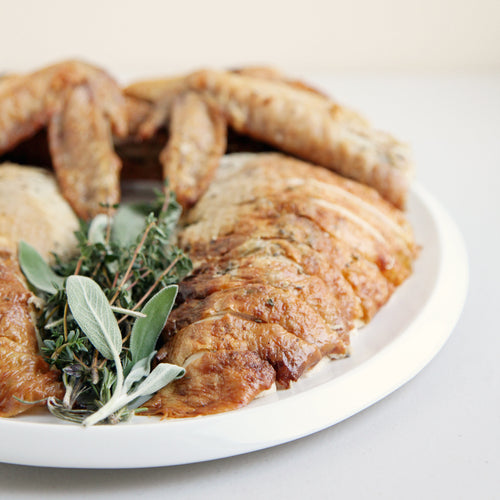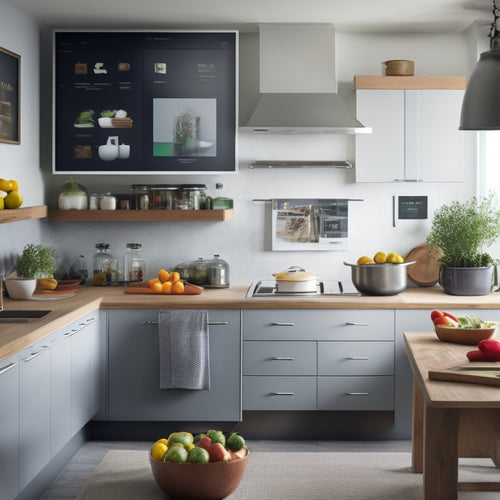
Peel & Stick Tile Transforms Sink Cabinets
Share
I stumbled upon a game-changing solution on Pinterest: using Peel & Stick tile to transform my sink cabinets. In under an hour and for less than $25, I achieved a modern farmhouse look that not only elevates the aesthetic appeal but also protects the cabinets from water damage. I navigated installation challenges like cutting around plumbing holes and ensuring leveled surfaces. With the right tile choice, precise planning, and attention to detail, I achieved a seamless look that's opened up a world of design possibilities - and I'm excited to explore them further.
Key Takeaways
• Peel & Stick tile can protect sink cabinets from water damage and elevate their aesthetic appeal in under an hour and for under $25.
• Cutting around plumbing holes requires precise cutting solutions, leveled surfaces, and accurate measurements for a seamless look.
• Choosing the right Peel & Stick tile involves prioritizing design style, selecting patterned vinyl, and ensuring color coordination with kitchen decor.
• A seamless look can be achieved by carefully planning tile layout, making precise cuts, aligning tile edges, and filling gaps with matching grout color.
• With Peel & Stick tile, design customization options are endless, allowing for mixing and matching patterns and exploring bold, bright color options.
Project Inspiration and Overview
After stumbling upon a clever solution on Pinterest, I decided to transform my sink cabinets in the kitchen and laundry room using Peel & Stick tile, a project that would ultimately take less than an hour and cost under $25.
The initial inspiration was to protect my sink cabinets from water damage, but I soon realized the potential for a design overhaul. Peel & Stick tile offered the perfect solution, providing both functionality and aesthetics. With numerous design options available, I opted for a modern farmhouse look to match my kitchen decor.
This project sparked my creativity, and I'm excited to explore more design possibilities with Peel & Stick tiles.
Solving Installation Challenges
As I began installing the Peel & Stick tile, I encountered my first challenge: cutting around the plumbing holes in the kitchen sink cabinet, which required some creative problem-solving. To overcome this, I employed cutting solutions that involved precise measurements and careful trimming.
Additionally, I confirmed leveling surfaces to prevent items from falling through the holes.
Here are some key takeaways from my experience:
-
Measure twice, cut once: Double-check your measurements to avoid errors.
-
Use a level: Confirm the surface is even to prevent items from falling through the holes.
-
Make plumbing adjustments: Adjust the tile pattern to accommodate plumbing fixtures.
Choosing the Right Peel & Stick
When choosing the ideal Peel & Stick tile for my sink cabinets, I prioritized a contemporary farmhouse design that would seamlessly merge with my kitchen's existing decor, ultimately leading me to select the patterned vinyl Peel & Stick tile from Floor Pops brand.
To guarantee color coordination, I selected a design that complemented my kitchen's color scheme. I was also attracted to the cost-effective options available, which allowed me to complete the project without overspending.
With a wide array of patterns and colors to choose from, I was able to discover the perfect tile that suited my style and budget. By doing this, I was able to achieve a unified look that enhanced the overall aesthetic of my kitchen.
Achieving a Seamless Look
By carefully planning my tile layout and making precise cuts, I secured a seamless look that made the Peel & Stick tile appear like a permanent fixture in my sink cabinets. To achieve this, I made sure that the tile edges aligned perfectly, creating a continuous design that enhanced the overall aesthetic.
Here are three key elements that contributed to the seamless design:
-
Pattern matching: I carefully selected tiles with matching patterns to create a cohesive look.
-
Precise cuts: I made accurate cuts around plumbing holes and edges to secure a snug fit.
-
Filling voids: I filled any gaps between tiles with a matching grout color to maintain the seamless design.
Results and Future Possibilities
I'm thrilled with the outcome of my Peel & Stick tile project, which not only protected my sink cabinets from water damage but also elevated their aesthetic appeal. The results exceeded my expectations, and I'm excited to explore more design customization options for future projects.
| Design Element | Future Possibility |
|---|---|
| Pattern | Mixing and matching patterns for a unique look |
| Color | Exploring bold, bright hues for a statement piece |
| Material | Combining Peel & Stick tile with other materials for added texture |
I'm also looking forward to sharing maintenance tips and creative applications with others who want to try this project. With the vast array of Peel & Stick tile options available, the possibilities are endless. I'm already thinking about how I can apply this technique to other areas of my home, from backsplashes to accent walls. The future is full of possibilities, and I'm excited to see where this project takes me.
Frequently Asked Questions
Can Peel & Stick Tiles Be Used on Other Cabinet Surfaces Besides Sink Bases?
I wonder if peel & stick tiles can extend beyond sink bases to other surfaces. I think they'd be perfect for revitalizing kitchen counters or adding a pop of personality to bedroom dressers.
How Do I Remove Peel & Stick Tiles Without Damaging the Cabinet Surface?
As I carefully pry off the tile, I'm reminded of shedding old skin, revealing a fresh canvas. To remove peel & stick tiles without damaging the surface, I use a hairdryer to loosen the adhesive, then gently scrape it off with a credit card, protecting the surface with wax paper.
Are Peel & Stick Tiles Resistant to Heat From Kitchen Appliances?
I investigate heat resistance in Peel & Stick tiles, ensuring they can withstand kitchen appliance heat; I find they're durable, withstanding temperatures up to 140°F, making them a great option for kitchen designs that demand both style and functionality.
Can I Use Peel & Stick Tiles in High-Moisture Areas Like Bathrooms?
As a DIY enthusiast, I'm excited to share that 80% of homeowners prioritize bathroom renovations! When it comes to using peel & stick tiles in high-moisture areas like bathrooms, I guarantee durability by opting for waterproof options with strong adhesion to prevent peeling.
Do Peel & Stick Tiles Require Special Cleaning Products or Maintenance?
I've found that peel & stick tiles don't require special cleaning products, but gentle methods like soap and water guarantee longevity; for maintenance, I recommend regular wiping and avoiding abrasive materials to preserve their appearance.
Related Posts
-

Turkey recipe for thanksgiving
Are you ready to cook a turkey for thanksgiving? We found this recipe of an Easy Herb-Roasted Thanksgiving Turkey tha...
-

Streamline Your Kitchen With Digital Storage Solutions
By embracing digital storage solutions, you can transform your kitchen into a more efficient and clutter-free space. ...

